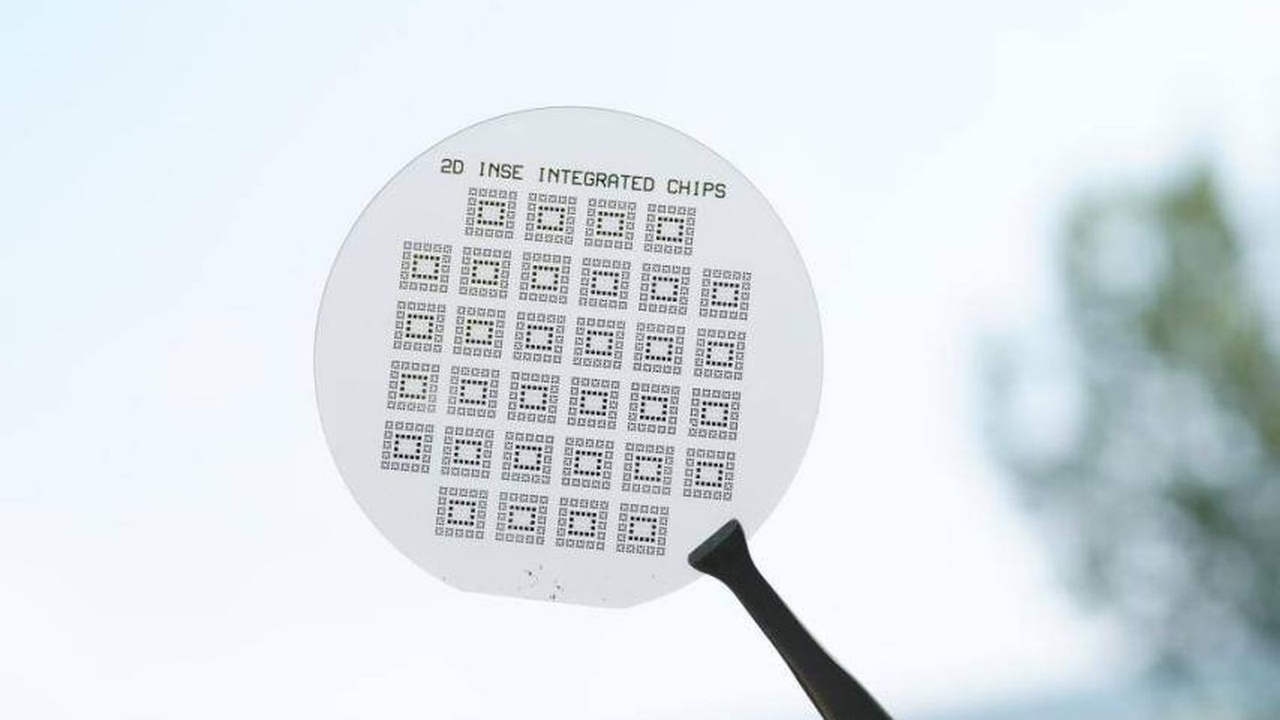Good morning, my dears,
Have we just had another DeepSeek moment?
In the case of DeepSeek, too, it was just a small report in a trade journal that hardly attracted any attention.
But it wasn't until days later that it caused the stock markets to sway.
Chinese scientists have developed a new semiconductor material to replace silicon and enable Beijing to produce its own chips independently of the West.
Scientists at Peking University claim to have produced the first two-dimensional semiconductor made of indium selenide (InSe) on an industrial scale. According to a study published in the journal Science, this material surpasses the physical limits of silicon and paves the way for a new generation of highly efficient chips that could lead to artificial intelligence with minimal energy consumption.
"This breakthrough opens a new path for the development of next-generation chips that are powerful and energy-efficient and are expected to be widely used in future areas such as artificial intelligence, autonomous driving and smart devices," the team explains in a press release.
If everything works as promised, the new material could not only redefine the future of chips, but also shake up the current global technological balance, which is currently dominated by the USA.
The new generation of chips is challenging the dominance of Nvidia, a company that makes the "silicon brains" that power all artificial intelligence technology and is banned by order of the US government from exporting its most advanced chips to Beijing.
This substance could also serve as an "ezempic" for artificial intelligence's hunger for energy, which would drastically reduce its price. US companies are developing artificial intelligence systems that require data centers the size of a city and enormous amounts of energy to operate.
However, China is taking the opposite approach and developing AI systems such as DeepSeek, which require significantly less energy to generate answers. A chip with such properties could therefore reduce their costs even further and tip the scales in Asia's favor.
The editors of the journal Science emphasized the global significance of this achievement and described this work as a "breakthrough in the field of crystal growth".
My dears, you can see the details in the report at the following link







